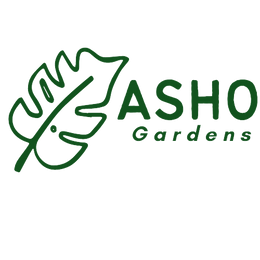


50+ Organic Coriander Culinary Herb Seeds-Heirloom Variety--- CORIANDRUM SATIVUM--A064
50+ Organic Coriander Culinary Herb Seeds-Heirloom Variety--- CORIANDRUM SATIVUM-A064
Description:
Coriander is a fast-growing, aromatic, annual herb that grows best in the cooler weather of spring and fall. Here’s how to grow coriander and cilantro in your garden. This herb is used to flavor many recipes and the entire plant is edible, though the leaves and seeds are used most often. Organic Cilantro Seeds Heirloom Herb. Cilantro is also known as coriander. The seeds are used ground-up as a seasoning in all sorts of foods and candies. Fresh leaves are indispensable to Latin American and Chinese cuisine. While cilantro has good heat resistance and is slow to bolt, plants will none the less eventually bolt in the high heat of summer. To counter this, sow seed every two weeks to ensure a continuous supply all summer long. Grows to 70 cm (28″). Annual.
PLANTING: Plant cilantro in the spring after the last frost date or in the fall. In the Southwestern US, a fall planting may last through spring until the weather heats up again. Do not grow in summer heat as the plants will bolt (such that it will be past harvesting). The leaves that grow on bolted plants tend to be bitter in flavor. It is best to choose a sunny site that will allow cilantro to self-seed as it is ought to do. Plant in an herb garden or the corner of a vegetable garden. When the weather gets warm, the plant will quickly finish its life cycle and send up a long stalk which will produce blossoms and later seeds. Little plants will sprout during the season and the next spring. Plant the seeds in light, well-drained soil and space them 1 to 2 inches apart. Sow the seeds at 3-week intervals for continued harvest. Space row about 12 inches apart. It is important to keep the seeds moist during their germination, so remember to water the plants regularly.
CORIANDER VS CILANTRO: Cilantro and coriander are in fact different parts of the same plant. Cilantro refers to the leaves of the plant, which are used as an herb, while coriander refers to the seeds, which are typically ground and used as a spice. Sow seed outdoors in mid to late May, then every two weeks through August, or start them inside and transplant after the danger of frost has passed. Cilantro can be grown indoors on a sunny window or under lights during the winter. Indoor cilantro plants are not long lived nor do they produce significantly, but they will add a bit of summer to dull winter days. Outdoors, Cilantro is a low maintenance plant & prolific– all you really need to do is provide water when necessary. Lightly feed with a general-purpose fertilizer as too much can adversely affect the production of the essential oils responsible for flavour and aroma. Cilantro is grown for its leaves and seeds.
CARE: Water the seedlings regularly throughout the growing season. They require about 1 inch of water per week for best growth. Thin seedlings to 6 inches apart so that they have room to develop healthy leaves. Once the plants are established, they do not need as much water per week. Keep them moist, but be careful not to overwater them. Fertilize once or twice during the growing season with nitrogen fertilizer. Apply ¼ cup of fertilizer per 25 feet of row. Be sure not to over-fertilizer the plants. To help prevent weeds, mulch around the plants as soon as they are visible above the soil. You can also till shallowly to help prevent root damage from weeds.
